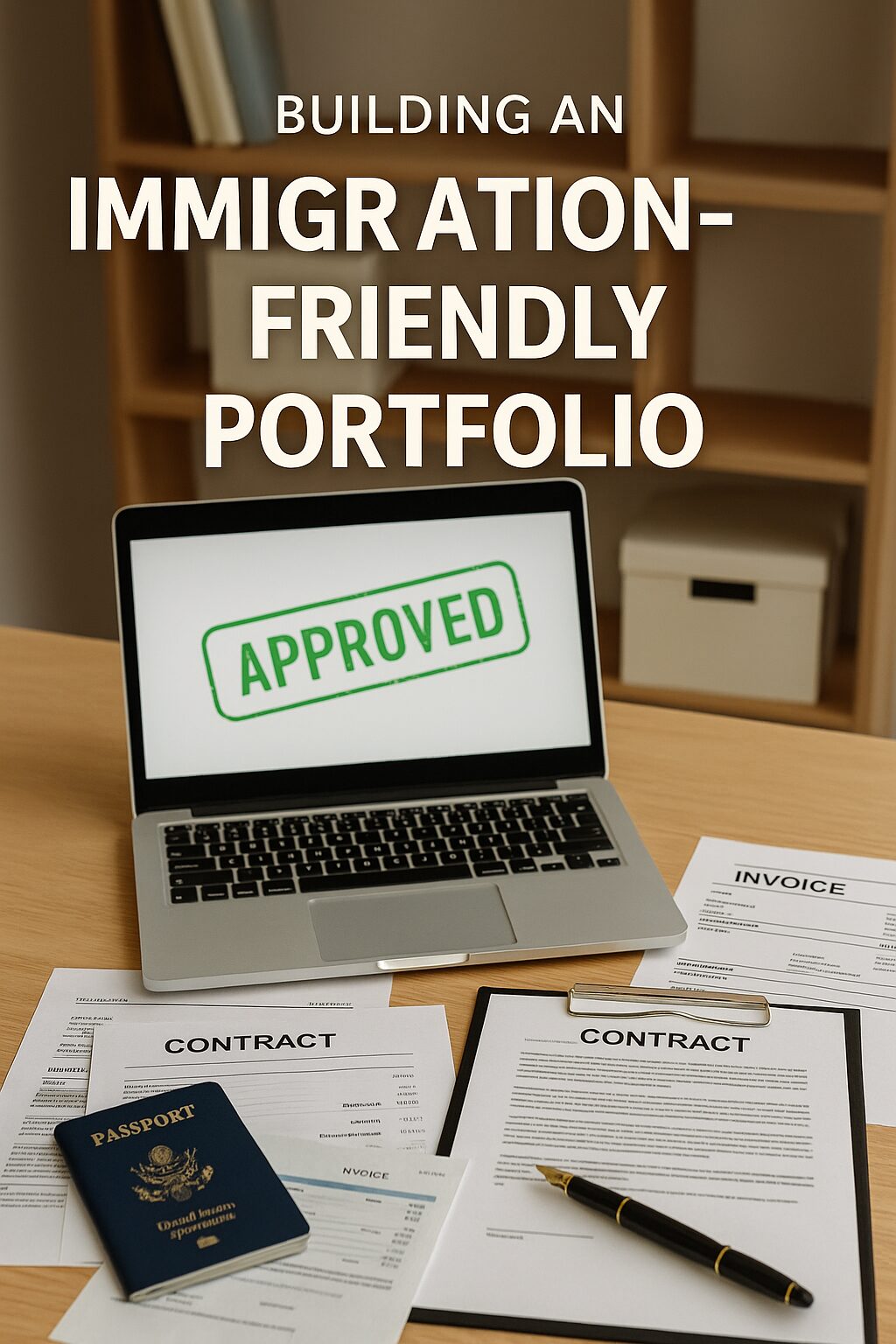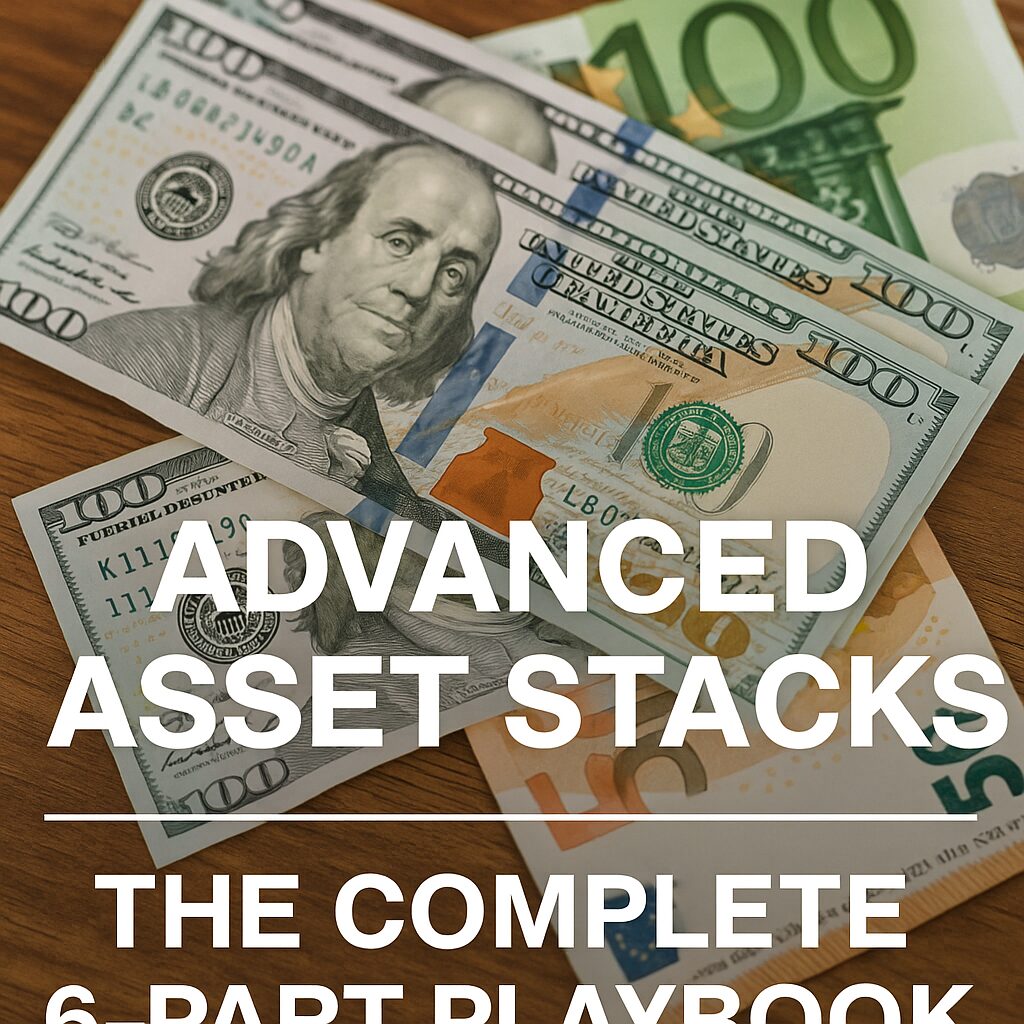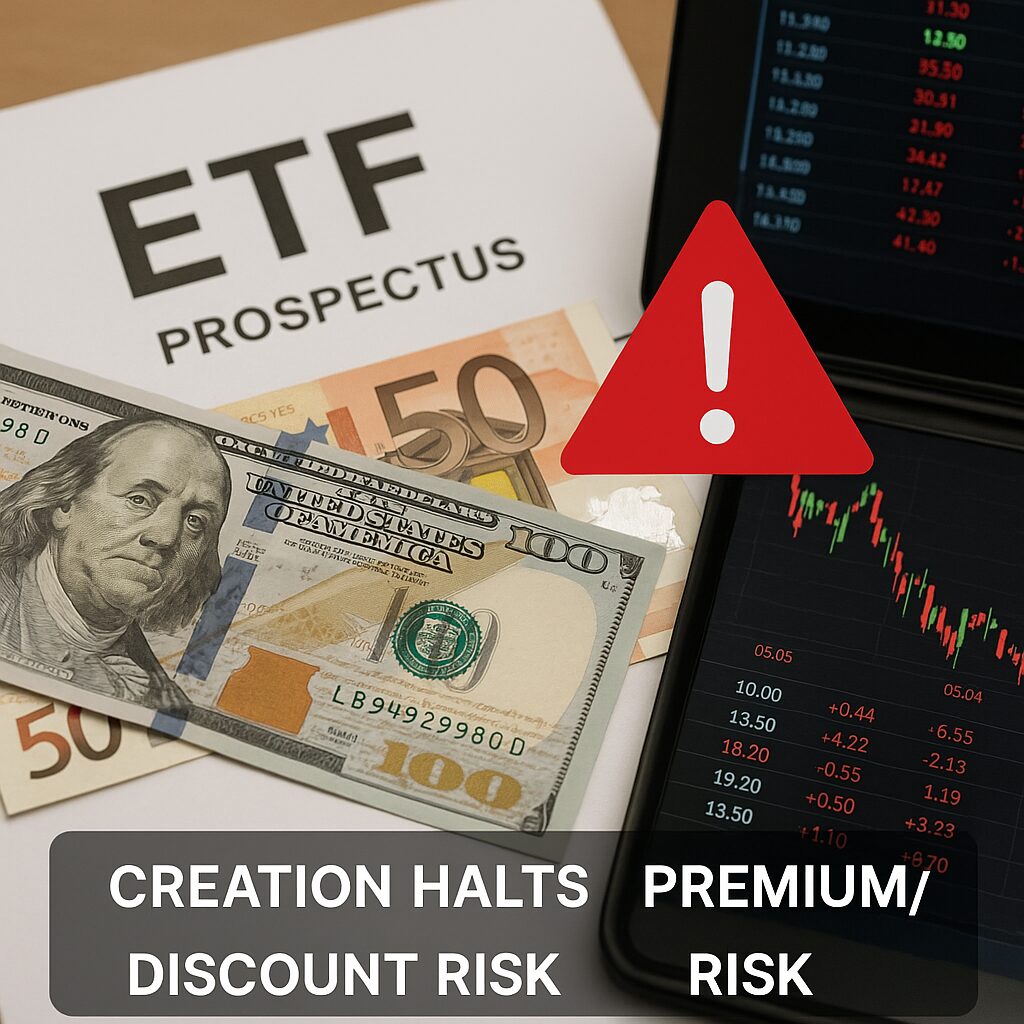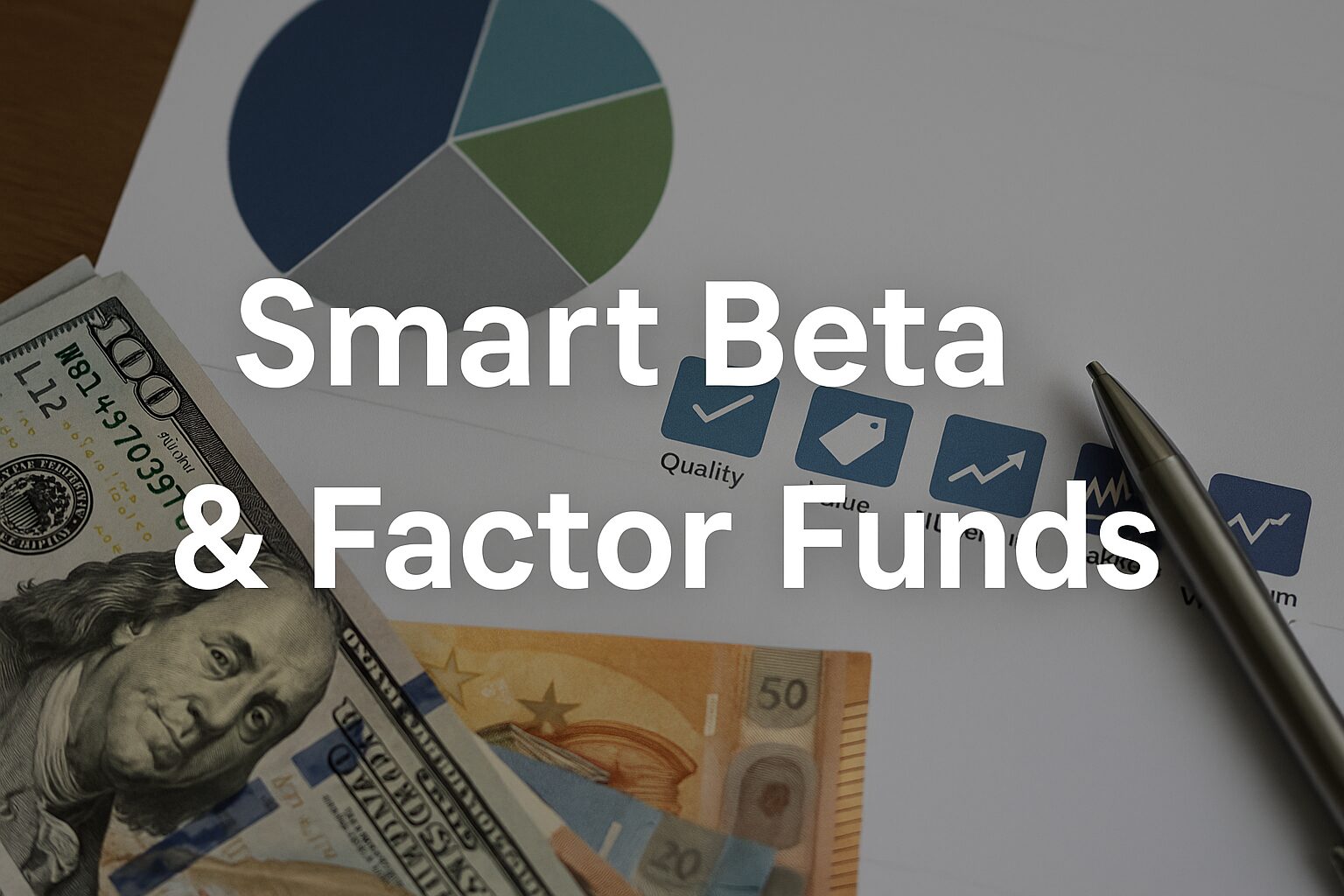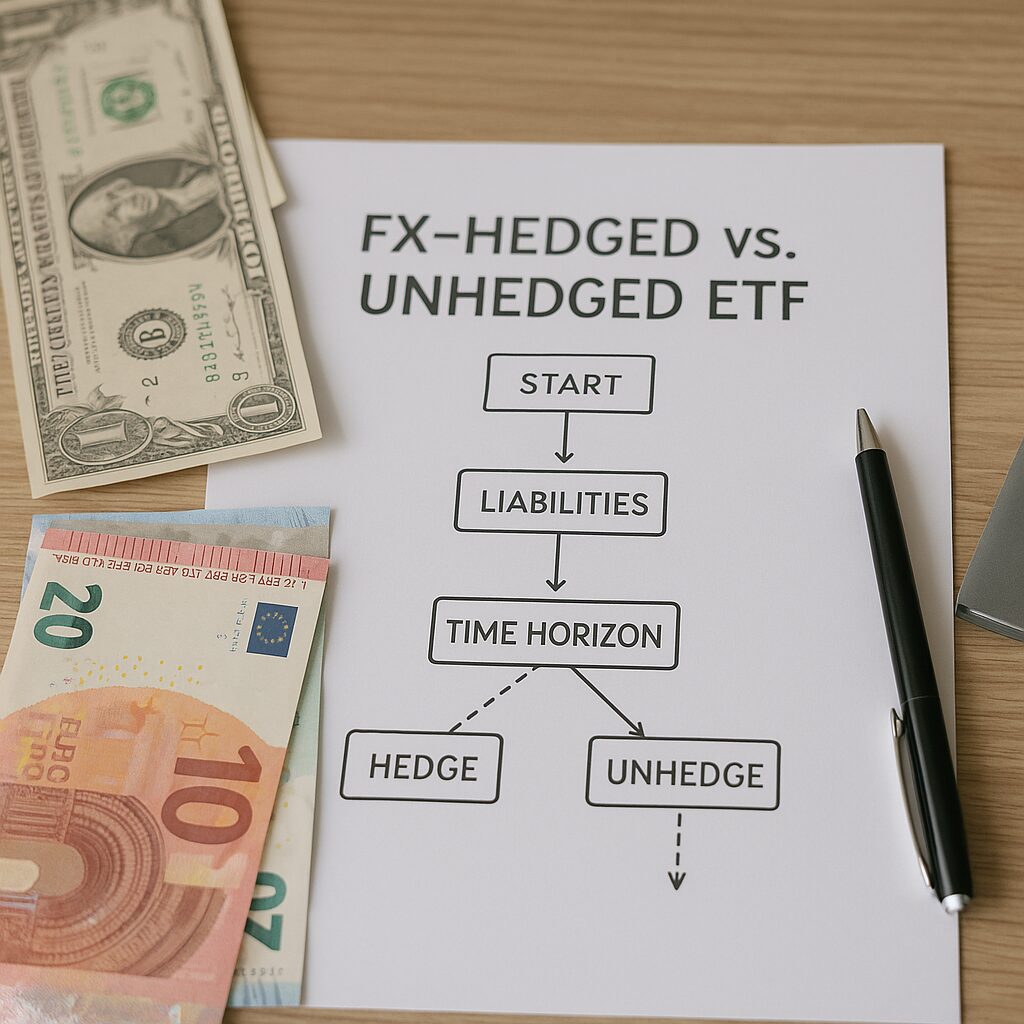The Geography of Acceptance
Freelancers do not compete with tourists for entry; they compete inside immigration filters. Officers ask three questions:
- Is the work remote and exportable?
- Is there reliable proof of income continuity?
- Does the applicant’s profession fit the country’s economic agenda?
This article maps countries and programs that consistently favor independent professionals. Rather than chasing numbers that change, we focus on stable approval logic: what these programs like to see, how they validate evidence, and where they lead (renewals, PR, or broader regional access).
Read this as a strategist: choose your base not just by lifestyle, but by your niche, proof strength, and growth plan.
Europe — Deep Talent Pools and Pathways to PR
1) Germany — Freiberufler (Freelance in “Liberal Professions”)
What it favors
Designers, writers, translators, engineers, software/IT consultants, and other “liberal professions” with clear deliverables and client demand.
Evidence hotspots
- Demand from Germany: 2–3 letters of intent or signed contracts from German entities.
- Professional status: portfolio site, degree/certifications (optional but helpful), references.
- Business footing: German address registration, health insurance, basic business plan (what you offer, to whom, expected income).
Approval dynamic
Officers look for proof that your services are needed locally and that your income will continue. Even one anchor client in Germany can materially improve odds.
Renewal & upgrade
Sustained activity → renewals → PR eligibility after ~5 years if requirements are met.
Fast wins / pitfalls
- Win: translate contracts; add clauses showing scope and remuneration; collect German client letters.
- Pitfall: vague “consulting” descriptions without outputs; no German demand proof.
2) Spain — Digital Nomad / Remote Professional Track
What it favors
Remote professionals working for non-Spanish companies, especially in tech, design, content, analytics, and online education.
Evidence hotspots
- Contract(s) with non-Spanish clients; employer/clients confirm remote nature.
- Proof of professional qualifications or demonstrated track record.
- Health coverage; background check; basic financial sufficiency.
Approval dynamic
Clear separation between Spanish territory and foreign clients is key. The cleaner the remote narrative, the better.
Renewal & upgrade
Multi-year path with potential to reach longer stays; stepping stone to broader EU opportunities.
Fast wins / pitfalls
- Win: bundle a consolidated evidence pack (contracts → invoices → bank trail).
- Pitfall: unpaid internships, speculative “I’ll find clients later” statements.
3) Portugal — Remote Income–Friendly Residency Routes
What it favors
Legally sourced, recurring income (active freelance or a mix with passive). Writers, tutors, designers, IT, consultants commonly pass.
Evidence hotspots
- Bank statements (continuity beats spikes).
- Contracts and invoices translated into Portuguese when requested.
- Stable housing arrangement documentation at submission.
Approval dynamic
Approvals favor consistency and clarity. Officers respond well to simple income narratives (3–5 clients, recurring retainers).
Renewal & upgrade
5-year track to PR is a widely used progression for stable applicants.
Fast wins / pitfalls
- Win: modest but steady inflows over volatility; accountant letter summarizing income sources.
- Pitfall: cash-only payments without bank proof; fragmented, unnumbered invoices.
4) Estonia — Digital Nomad Visa
What it favors
Clear remote roles in software, design, content, and product operations.
Evidence hotspots
- Employer letter or client contracts stating remote work.
- Bank statements aligning with invoices; consistent monthly inflows.
- If self-employed: a simple structure showing you service foreign clients.
Approval dynamic
Well-documented remote professionals with clean records find a smooth path.
Renewal & upgrade
Time-limited stays; valuable as an EU/Schengen foothold for project periods.
Fast wins / pitfalls
- Win: crisp folder structure (Contract → Invoice → Bank).
- Pitfall: relying only on marketplace screenshots without underlying invoices.
5) Croatia — Mediterranean Base for Remote Earners
What it favors
Independent professionals with documented foreign income; writers, designers, engineers, and consultants are common fits.
Evidence hotspots
- Remote contracts and continuity proof.
- Health insurance coverage across the stay.
- Accommodation confirmation.
Approval dynamic
Straightforward applications with clear remote proof tend to move quickly.
Renewal & upgrade
Renewable in set cycles; strong as a cost-efficient EU coastal base.
Fast wins / pitfalls
- Win: one clean PDF per client (contract + last 6 invoices + bank highlights).
- Pitfall: income dumps from friends/family with no contract trail.
Middle East — Efficient Hubs for Global Operations
6) United Arab Emirates (Dubai) — Remote Work / Virtual Work Frameworks
What it favors
Consultants, marketers, analysts, and engineers with foreign clients or employers. UAE focuses on ease of doing business and international banking links.
Evidence hotspots
- Remote employment/contract letters; verified identity documents.
- Bank statements with stable USD/EUR inflows.
- Health insurance valid in the UAE.
Approval dynamic
Narratives that keep all revenue offshore while using Dubai as an operational hub align well.
Renewal & upgrade
Typically renewable with active status; possible transitions into local business setups if desired.
Fast wins / pitfalls
- Win: company letterhead confirmations; professional email domains.
- Pitfall: ambiguous “in-country” service language that hints at local employment.
Americas — Flexible On-Ramps and Portfolio Credibility
7) Canada — Self-Employed (Cultural/Artistic)
What it favors
Artists, writers, designers, and cultural professionals who can show significant achievement and intent to continue.
Evidence hotspots
- Press, awards, exhibitions, published work.
- Contracts and royalties; income continuity.
- Letters from recognized institutions/clients.
Approval dynamic
It rewards documented impact more than flashy income figures.
Renewal & upgrade
A permanent residency track designed for self-employed cultural figures.
Fast wins / pitfalls
- Win: a curated dossier of impact items (press → awards → notable clients).
- Pitfall: portfolios with only speculative work or unverifiable clients.
8) Costa Rica — Rentista-Style Paths
What it favors
Freelancers with predictable monthly income (active or passive) and clean records.
Evidence hotspots
- Proof of guaranteed inflows; translations/apostilles ready.
- Health coverage; background check.
Approval dynamic
Strong for stability-minded applicants who want a calm base with low living costs.
Renewal & upgrade
Renewable; can mature into long-term residency with consistent compliance.
Fast wins / pitfalls
- Win: bank letters confirming incoming transfers; simple monthly summary.
- Pitfall: irregular inflows with no explanatory note.
Asia–Pacific — Points, Skills, and Professional Recognition
9) South Korea — F-2-7 (Points-Based Long-Term Residency)
What it favors
Professionals with income, education, language, and social integration indicators. Freelancers in IT, design, and consulting are competitive when documentation is strong.
Evidence hotspots
- Income proof and tax filings; degree certificates.
- Korean language proficiency scores (where applicable).
- Client letters that highlight global work and professional caliber.
Approval dynamic
A points race: applicants assemble a balanced profile (income + education + language + achievements).
Renewal & upgrade
Stable route to longer residency horizons with continuous compliance.
Fast wins / pitfalls
- Win: structured portfolio with achievements (awards, publications, patents).
- Pitfall: strong income but zero integration signals.
10) Japan — Highly Skilled Professional (HSP) Framework
What it favors
IT, engineering, research, finance, and executive-level advisory with documented earnings and credentials.
Evidence hotspots
- Degrees, publications, patents, citations; employer/client letters.
- Track record of complex deliverables (architectures, models, roadmaps).
- Income trajectory and role seniority.
Approval dynamic
A merit-weighted system: the more evidence of capability and impact, the faster the path.
Renewal & upgrade
Attractive long-term residency track for candidates meeting thresholds.
Fast wins / pitfalls
- Win: tidy dossier with academic + commercial outputs.
- Pitfall: generic “consultant” descriptions with no artifacts.
11) Malaysia — Digital Professional Pass (DE Rantau)
What it favors
Designers, developers, marketers, content professionals, and tech-adjacent freelancers.
Evidence hotspots
- Remote contracts; portfolio with shipped work.
- Bank statements showing steady inflows; health coverage.
Approval dynamic
Clear fit for location-independent tech/creative professionals.
Renewal & upgrade
Renewable in defined cycles; cost-effective Southeast Asia base.
Fast wins / pitfalls
- Win: case-study-style portfolio (problem → solution → results).
- Pitfall: hobby-level work with no commercial proof.
12) Thailand / Indonesia — Remote-Friendly Long-Stay Paths
What they favor
Established professionals with clear income and clean records; certain tracks lean toward tech and executive profiles.
Evidence hotspots
- Multi-year contract histories; employer/major client letters.
- Health insurance; background checks; clear remote posture.
Approval dynamic
These are best approached with strong, senior-level narratives and tight documentation.
Renewal & upgrade
Multi-year options possible under specific categories when criteria are met.
Fast wins / pitfalls
- Win: demonstrate strategic value and leadership (not just tasks).
- Pitfall: short gig histories that look temporary.
Patterns of Approval — What Repeats Across Jurisdictions
- Exported value wins: the more your income is clearly paid by foreign entities for digital outputs, the cleaner the case.
- Continuity beats peaks: officers prefer $X steady for 6–12 months over a spike that cannot be replicated.
- Evidence pyramids matter: Contract → Invoice → Bank trail → Tax filing (where applicable) → Client letters.
- Local alignment accelerates: any country-specific alignment (letters from domestic companies, relevant language ability, local address/insurance) nudges decisions positive.
- Narrative coherence decides close calls: a single PDF that tells a consistent story outperforms scattered screenshots.
Country Snapshots — What To Emphasize (Quick Index)
- Germany: local demand letters + “liberal profession” clarity → PR path potential.
- Spain: foreign clients + unambiguous remote posture → multi-year stay horizon.
- Portugal: modest but consistent income streams + tidy translations → 5-year runway.
- Estonia: crisp remote narrative + one-year Schengen foothold for EU projects.
- Croatia: straightforward remote proof + Mediterranean cost efficiency.
- UAE (Dubai): offshore revenue + operational hub narrative → renewability.
- Canada (Self-Employed): impact dossier (press/awards/publications) trumps vanity metrics.
- Costa Rica: predictable monthly income + relaxed base for long stays.
- South Korea (F-2-7): points strategy (income/education/language/achievements).
- Japan (HSP): merit documentation (degrees/patents/projects) → accelerated stability.
- Malaysia (DE Rantau): tech/creative remote work with clean proof.
- Thailand/Indonesia (select tracks): senior professional posture + robust contracts.
Archetype-Based Shortlists — Match Your Profile
- Designer / Writer / Content Pro (3–6 clients on retainers)
Try: Germany (if you can secure 1–2 local letters), Spain, Portugal, Estonia, Malaysia, Croatia. - Developer / Data / Automation (2–3 anchor clients, productization in motion)
Try: Germany, Spain, Portugal, Estonia, UAE, Malaysia. - Consultant (marketing, RevOps, analytics) with executive references
Try: UAE (hub), Spain, Portugal, Germany (letters needed), Thailand/Indonesia (senior tracks). - Cultural/Artistic with publications and awards
Try: Canada Self-Employed, Germany, Portugal, Spain. - High-merit technologist with academic outputs
Try: Japan HSP, South Korea F-2-7 (plus language), Germany.
Application BOM (Bill of Materials) — Per Country Packet
Germany (Freiberufler)
- 2–3 German demand letters; contracts; CV; portfolio URL; health insurance; address registration; simple business plan (1–2 pages).
Spain (Remote Professional)
- Foreign client contracts; employer/contract letters stating remote; health coverage; background check; qualifications proof.
Portugal (Remote-friendly Residency)
- 6–12 months bank statements; contract + invoice chain; translations as requested; housing documentation; insurance.
Estonia (DNV)
- Employer/contract letter; bank statements; clean remote scope; return/onward plans.
UAE (Dubai)
- Remote employment/contract proof; income continuity; insurance; identity verification.
Canada (Self-Employed)
- Impact dossier (press/awards/books/exhibitions); contracts/royalties; recommendation letters from recognized organizations.
South Korea (F-2-7)
- Income/tax proof; degree certificates; language test report; achievements list; integration elements.
Japan (HSP)
- Degrees/publications/patents; employer/client letters; seniority/income documentation; role descriptions with outcomes.
Common Rejection Scenarios — and How to Flip Them
- “Income proven, but work scope unclear.” → Add deliverables list and client confirmation letters.
- “Bank statements don’t match invoices.” → Reconcile month by month; add a one-page variance explanation.
- “Local benefit not obvious (Germany).” → Gather 2–3 letters of intent from German entities; translate and stamp.
- “Credentials thin (Japan/Korea).” → Add achievement artifacts: publications, conference talks, certifications.
- “Looks like local employment (UAE/Spain).” → Reword contracts to emphasize remote, non-domestic service delivery.
Decision Playbook — Choose by Goal, Not Hype
- EU access priority → Germany / Spain / Portugal / Croatia / Estonia.
- Banking & operations hub → UAE (Dubai).
- Impact-based PR → Canada Self-Employed.
- Merit-based recognition → Japan HSP / South Korea F-2-7.
- Cost-efficient base with coastal lifestyle → Croatia / Portugal / Costa Rica / Malaysia.
Pick two jurisdictions that fit your profile; prepare parallel packets; file the stronger first and keep the second warm.
Conclusion — Aim Where Your Evidence Is Strongest
The right country for you is the one where your evidence story is shortest. When a reviewer can move from contract → invoice → bank trail → achievements in minutes, approvals follow. Build a base where your profession is recognized, your proof is clean, and your growth plan is believable. From there, renewal and upgrade paths take care of themselves.
📌 English Case List
- Case: Germany (Freiberufler) — UX designer approved after adding two German letters of intent; PR goals set on a 5-year horizon.
- Case: Spain (Remote Professional) — Data analyst with three non-Spanish retainers fast-tracked using a single consolidated evidence PDF.
- Case: Portugal (Remote-friendly Residency) — Online educator approved with modest but steady inflows and translated contracts.
- Case: UAE (Dubai) — Marketing consultant renewed easily by keeping all revenue offshore and documenting continuity.
- Case: Canada (Self-Employed) — Author with awards and royalties secured PR through an impact-first dossier.
- Case: South Korea (F-2-7) — Product designer crossed the points threshold by combining income proof with language certification.
- Case: Japan (HSP) — ML engineer qualified quickly by bundling papers, patents, and employer letters into a merit packet.
📌 Next Article Preview
Up next: Part 6 — Risk Management: Taxes, Compliance, and Proof.
Now that you know where freelancers win, you must ensure your portfolio survives audits. We’ll build the Compliance Log System that immigration officers, banks, and large clients trust: a cross-border evidence map, audit-ready registers for contracts and invoices, risk scenarios with pre-emptive proof, and a 30-day clean-room routine before filing.
👉 Skip it and a single discrepancy could freeze your bank or derail your visa renewal. Read it to make your freelance career audit-proof and future-proof.


